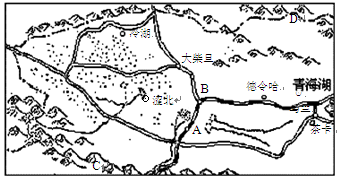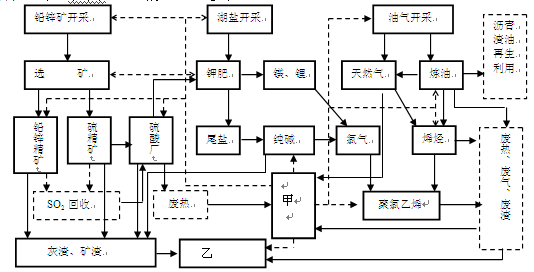It was two years ago today that the hunting ban came into force, supposedly ending centuries of tradition. However, the law has been an unmitigated failure-not that either side is shouting about it.
It was a nightmare vision that struck fear and loathing into the hearts of millions. When the hunting ban became law, it was said, 16, 000 people would lose their jobs, thousands of hounds would be put down, rotting carcasses would litter the countryside, hedgerows would disappear, riders would face on-the-spot fines, law-abiding people from doctors to barristers would be dragged from their horses and carted off to prison, while dog owners would be prosecuted if their mutt caught a rabbit.
These were just some of the claims as desperate countryside campaigners battled to save their sport in the lead-up to the hunting ban, which Labour rammed into law using the Parliament Act on November 18, 2004.
For many, the fears were real. Others exaggerated as they fought an increasingly aggressive anti-hunting lobby which had rejected acres of independent evidence affirming that hunting is the most humane way of killing foxes. In the battle to"fight prejudice, fight the ban", every emotive argument was deployed.
For its part, the anti-hunting brigade extravagantly claimed that the ban would put an end to the rich parading in red jackets. A senior Labour MP, Peter Bradley, admitted in this newspaper that it was, as many suspected, about "class war". He lost his seat shortly afterwards. But people in red coats did not disappear.
In fact, none of the forecasts came true. What did happen was something nobody had predicted: the spectacular revival and growth of hunting with hounds. In short, the hunting ban has been a failure.
Today, on the second anniversary of the ban’s coming into force on February 18, 2005, new figures show that participation in the sport has never been higher. It is so cheerful that two new packs have been formed, something that has not happened for centuries.
They include the seductively named Private Pack, set up by the financier Roddy Fleming in Gloucestershire. It operates on an invitation-only basis, a sort of hunting private members’ club. This can only mean one thing: like it or not, hunting is cool. Young people are taking it up, enticed by the element of rebellion and the mystique of what actually happens as hunts attempt to keep within the law.
As a result of the ban, ______.
A.hunting activities have become more secretive
B.people have become more curious about hunting
C.citizens have become more confused by the law
D.the country tradition has been radically shaken


